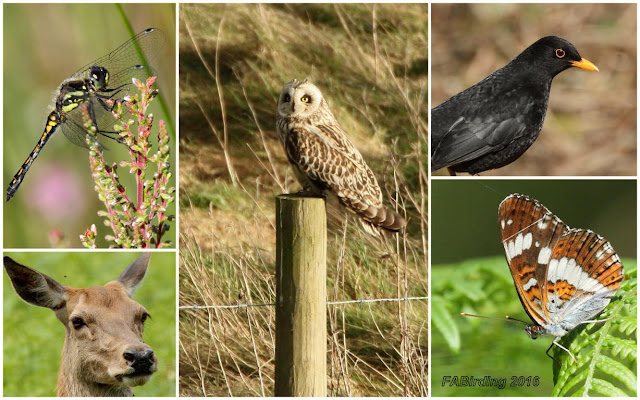Once again birding and blogging have taken a back seat during the past few months partly due to the demands of stubborn, aging parents whose health, mobility and living issues increasingly require more physical support.
Fortunately a recent outing to Farlington Marshes lifted my spirits as I reconnected with one of my favourite over wintering species, the Dark-bellied Brent Geese (Branta bernicla), that frequent the marshes in their thousands.
As the tide rises in Langstone Harbour the geese leave their watery feeding areas and move onto the marshes, some stopping at the lake together with a varied mix of waders and ducks, including Avocet, Black-tailed Godwit, Dunlin, Redshank, Greenshank, Knot, Grey Plover, Ringed Plover, Shelduck, Mallard, Teal, Wigeon, and Pintail.
Both large and smaller family groups eventually settle on the grassy fields to feed and rest offering an opportunity to get much closer to this delightfully dapper goose.
Above is a juvenile lacking the white crescent neck band of the adult pictured below.
Linking to Wild Bird Wednesday







